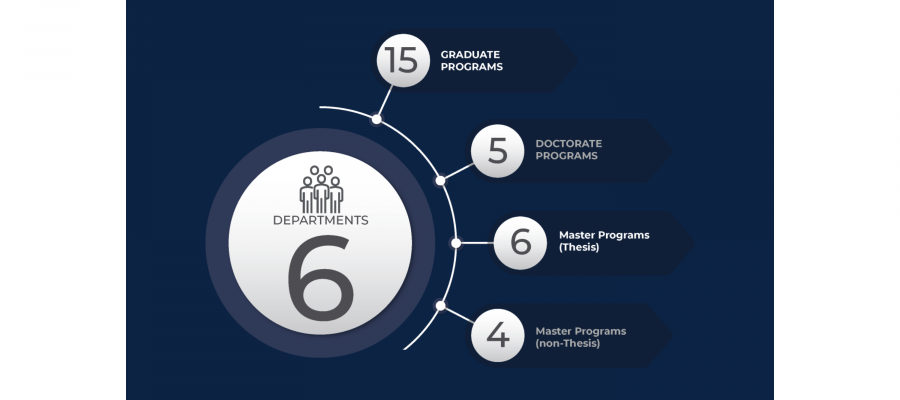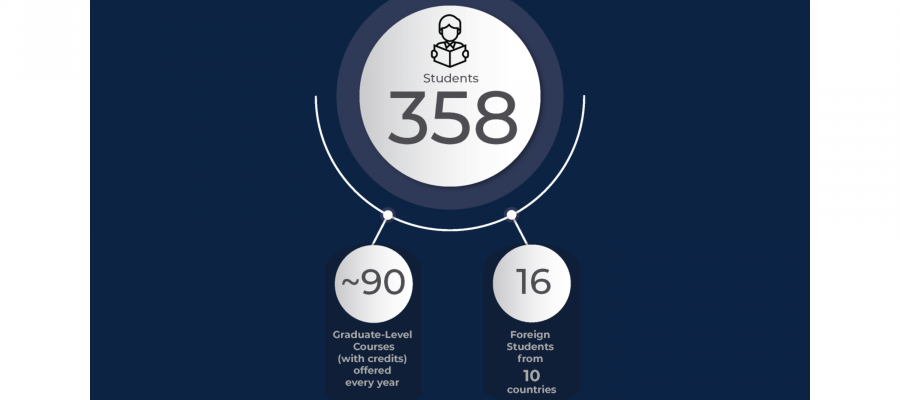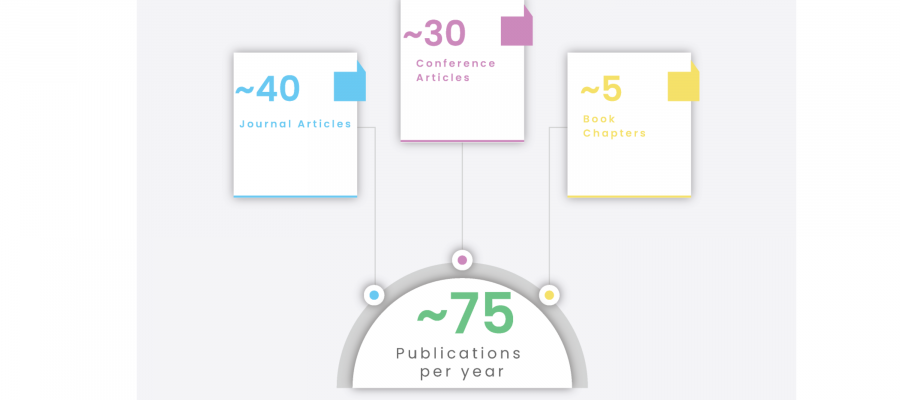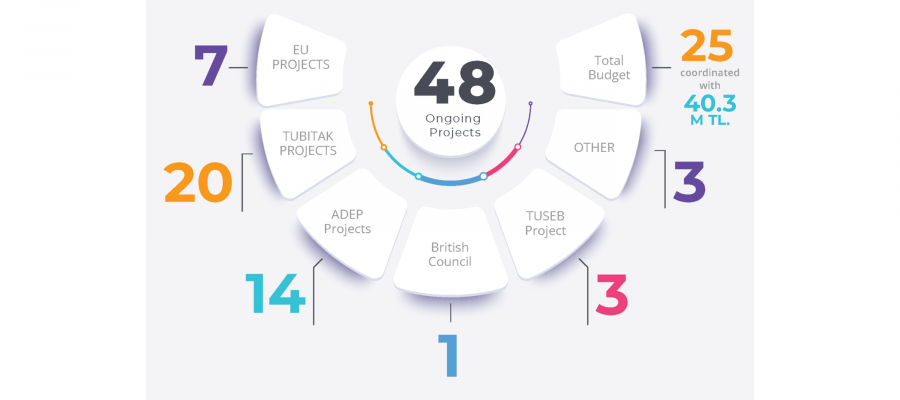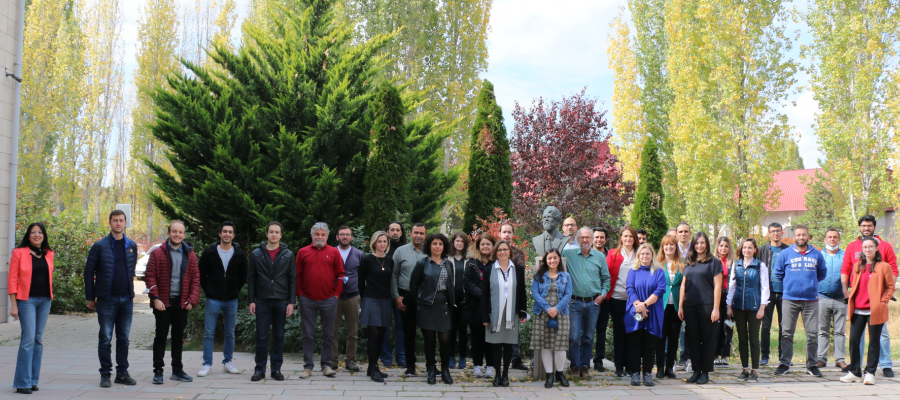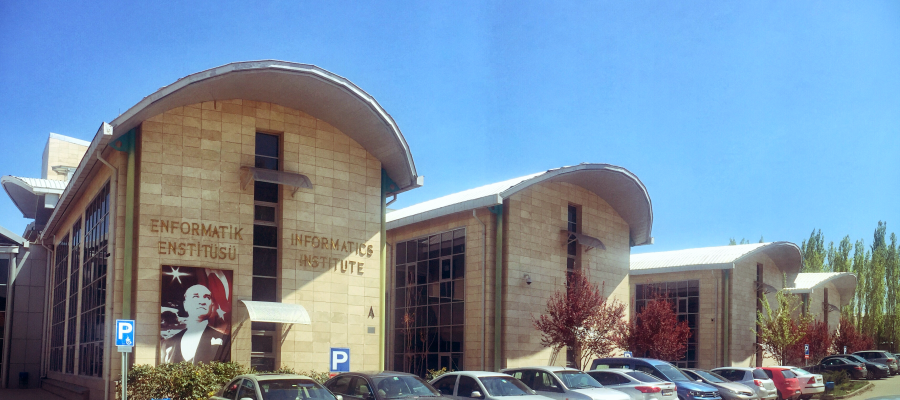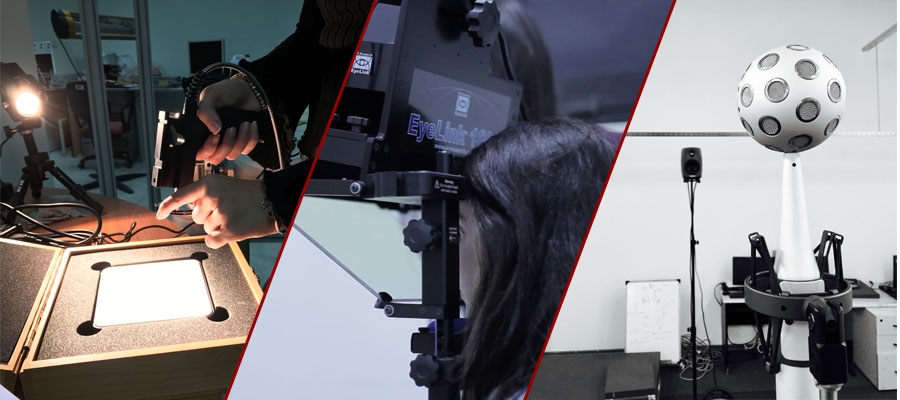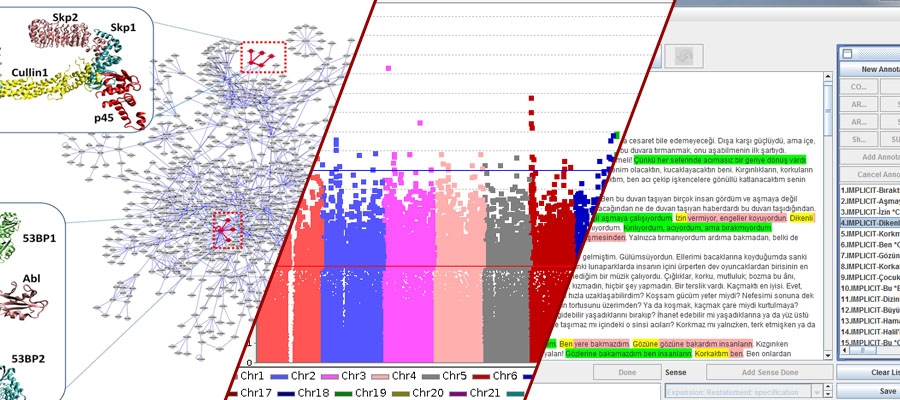Announcements
Research News
This thesis addresses the inherent complexity of discourse parsing in Natural Language Processing (NLP) by developing a multilingual framework implemented for Penn Discourse TreeBank (PDTB) datasets. Leveraging the advancements of Large Language Models (LLMs) and transformer architectures, the thesis proposes a hybrid methodology that integrates fine-tuned BERT models for Discourse Connective (DC) detection and argument span labeling with in-context learning strategies for Discourse Relation Recognition (DRR). The study bridges the gap between isolated sub-tasks and end-to-end processing by defining interconnected modules that link detection, labeling, and recognition phases. Evaluating this pipeline across seven datasets in English, Portuguese, and Turkish, the framework achieves performance on par with state-of-the-art models. Additionally, the thesis contributes a novel lightweight DC detection model and introduces a method to enhance implicit discourse relation recognition using machine translation techniques, demonstrating the efficacy of these approaches in both high- and low-resource linguistic contexts.
Date: 23.12.2025 / 15:00 Place: A-212
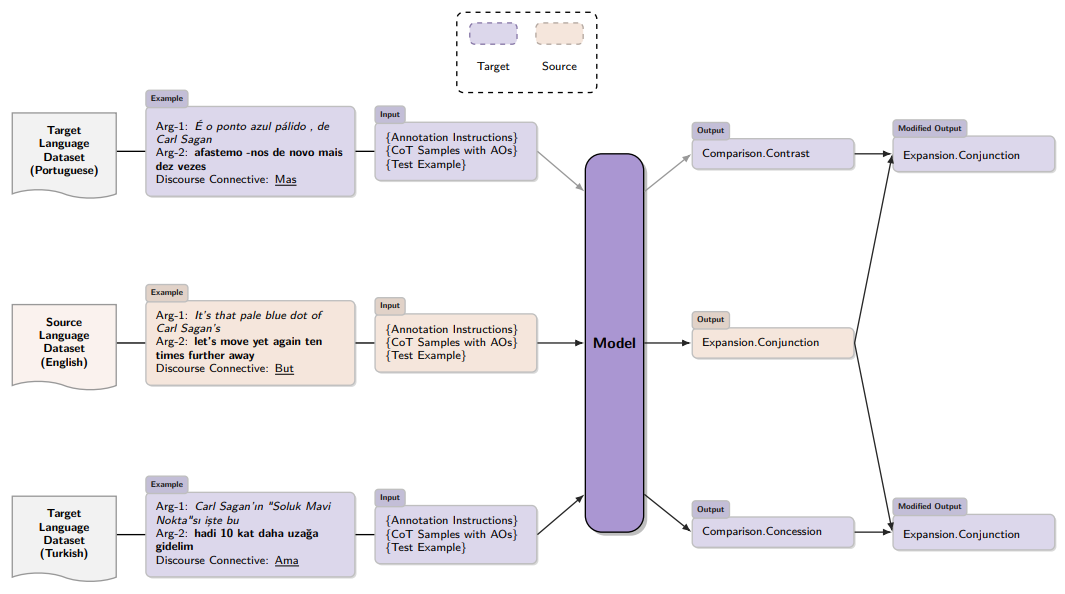
This study presents a data-driven approach for modeling strong motion data and soil characteristics using generative AI. A Conditional Convolutional Variational Autoencoder was trained on amplitude and phase spectrograms of earthquake waveforms to generate realistic strong-motion data. The model, fine-tuned with limited site-specific data, effectively captures physical patterns and soil-dependent features without theoretical assumptions or heavy computation. Validation through fundamental site frequency analysis achieved an alignment score of 0.84, demonstrating that generated waveforms accurately reproduce site-specific frequency characteristics and distinguish between different locations.
Date: 03.11.2025 / 10:00 Place: A-212

This thesis examines technical debt (TD) in AI-integrated software projects by mapping debt cases to lifecycle processes defined in ISO/IEC 5338, 12207, and 15288. A dataset of 8 main and 24 subcategories of TD was systematically linked to 25 processes, with validation by a large language model, a domain expert, and two academic reviewers. Findings reveal uneven TD distribution, particularly in AI Data Engineering, Quality Assurance, and System Requirements Definition. The study highlights the interconnected nature of processes and proposes a process-based standard-driven approach to support sustainable reliability in AI-integrated systems.
Date: 01.09.2025 / 10:00 Place: B-116

This thesis examines the adoption of cloud computing in small and medium-sized enterprises (SMEs), highlighting both its transformative potential and the challenges it presents. While cloud solutions offer scalability, flexibility, and cost efficiency, SMEs face barriers such as limited resources, security concerns, and regulatory compliance. Through a meta-synthesis of existing studies, the research identifies key success factors and proposes a tailored framework that integrates technological, organizational, and strategic considerations. By bridging benefits with practical challenges, the study provides SMEs with a systematic approach to cloud migration, enhancing competitiveness in the digital economy.
Date: 28.08.2025 Place: A-212

This thesis tackles radiographic flaw detection in aluminium castings by pairing a new high-resolution X-ray dataset, annotated according to the American Society for Testing and Materials (ASTM) standards, with self-supervised pretraining on synthetic radiographs. Standard detectors are benchmarked to establish baselines and reveal domain challenges. To mitigate data scarcity and class imbalance, class-specific synthetic samples are generated from a few publicly available references using Stable Diffusion and are employed for multi-positive contrastive pretraining. The resulting domain-aligned backbone, surpasses ImageNet-pretrained baseline on downstream tasks on the proposed dataset.
Date: 01.09.2025 / 15:00 Place: B-116


